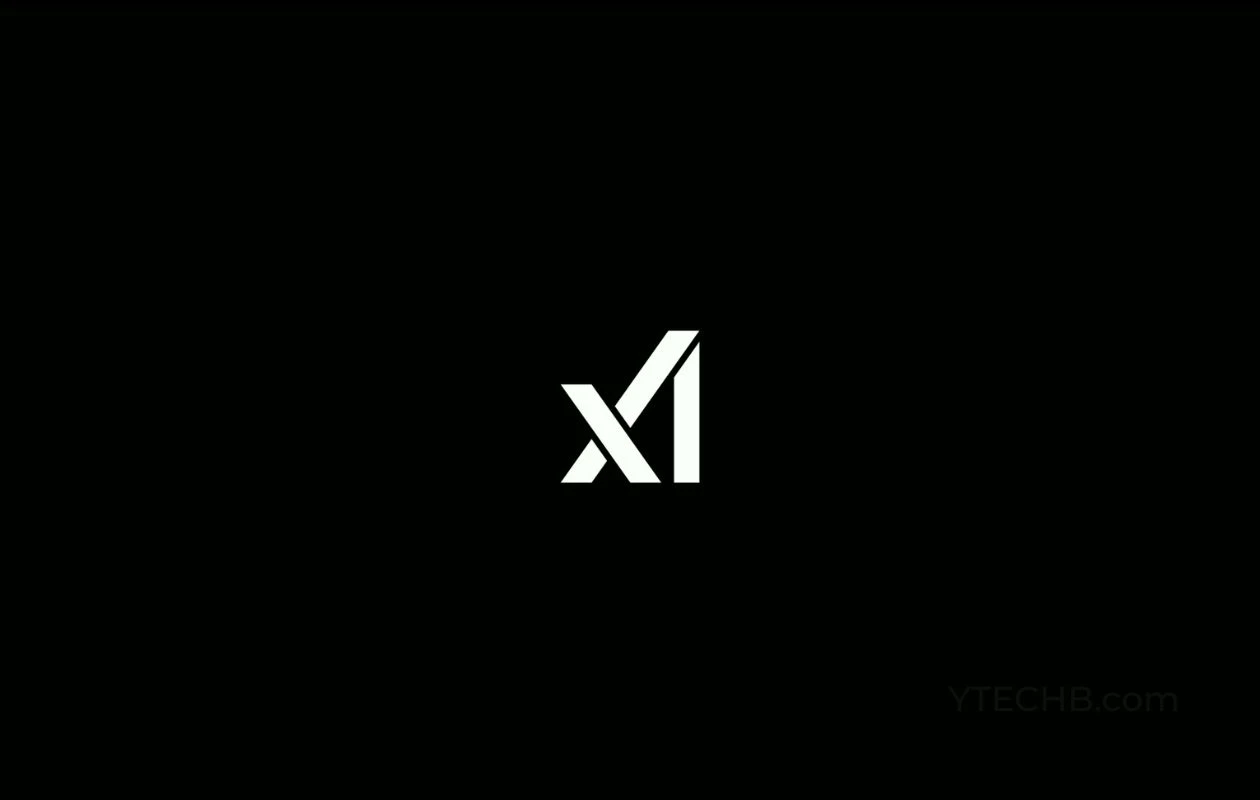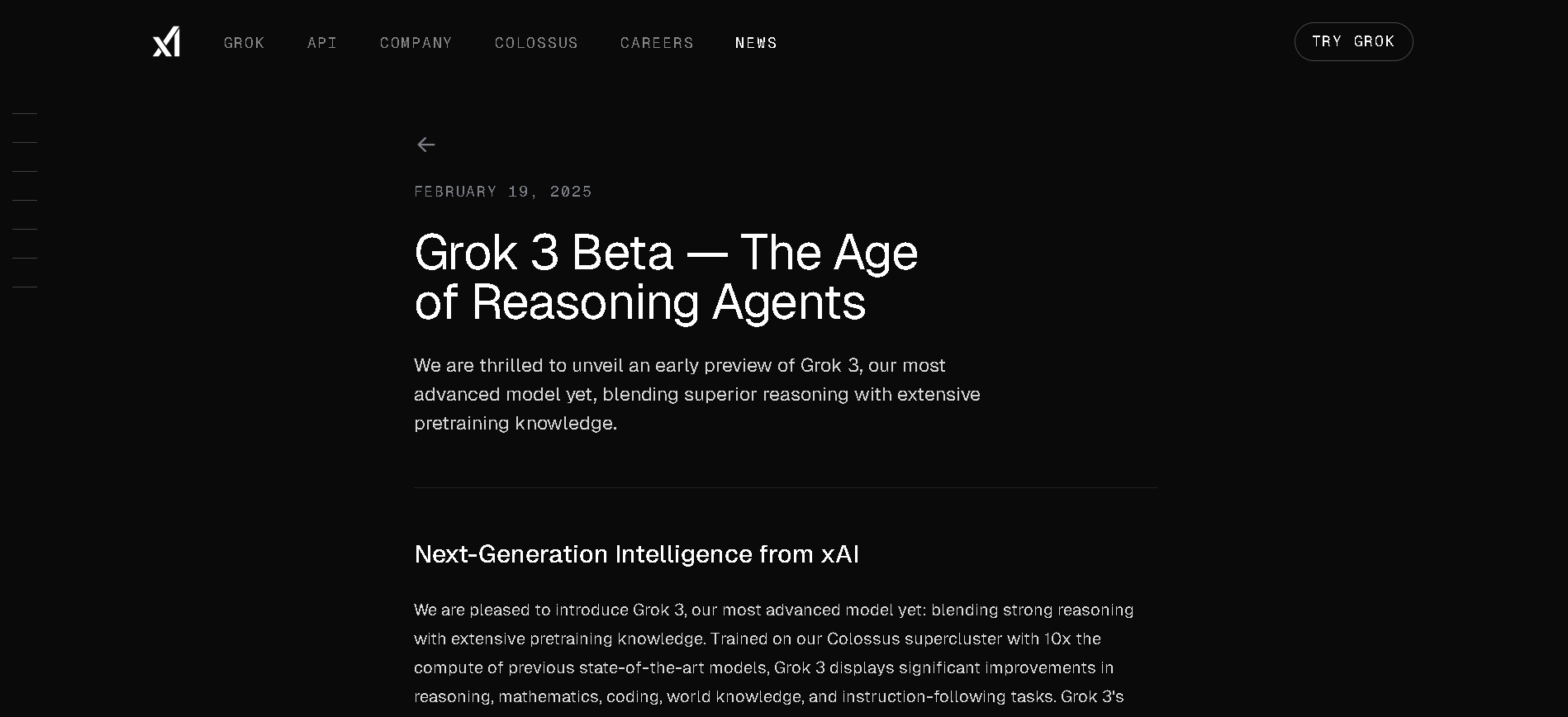
- Developers & Engineers: Integrate cost-effective reasoning AI into apps, tools, or chatbots.
- Students & Educators: Access real-time, transparent reasoning for educational queries.
- Enterprises: Deploy reasoning-capable models at scale with lower compute cost.
- Researchers: Study performance of smaller reasoning LLMs and test parameter-efficiency.
- Startups & Scaleups: Use as a lean alternative to full Grok 3 while preserving core capabilities.
How to Use Grok 3 Mini?
- Access via API: Call `grok-3-mini-beta` or `grok-3-mini-fast-beta` through xAI’s OpenAI-style API.
- Send Prompts with Thinking: Include `"reasoning": {"effort": "high"}` to enable deep chain-of-thought "Think" mode.
- Submit Multimodal Inputs: Supports text and optional images within the full 131K token context window.
- Receive Transparent Output: Gets both answers and full reasoning trace with each response.
- Optimize for Cost & Speed: Use mini or mini-fast variants based on latency vs reasoning needs.
- Lean Reasoning Power: Delivers visible chain-of-thought reasoning generally unseen in smaller models.
- Transparent Thinking Traces: Each API response includes full reasoning steps from the model.
- Efficient Performance: Slightly lower accuracy than flagship but significantly cheaper and faster.
- Multimodal + Extended Context: Maintains 131K token window and supports image inputs like its larger sibling.
- Cost/Speed Balance: Offers a well-balanced trade-off for users needing reasoning without flagship costs.
- Includes chain-of-thought reasoning in a compact model
- Full reasoning trace visible in output—great for transparency
- Lower latency and pricing than flagship Grok 3
- Maintains multimodal support and large context window
- Good fit for educational, startup, or enterprise use on a budget
- Accuracy slightly behind full Grok 3 in benchmark tests
- Training still in beta—model behavior may change over time
- Lacks “Big Brain” deeper reasoning capabilities found in full version
Free Tier
$ 0.00
Limited access to DeepSearch
Limited access to DeeperSearch
Super Grok
$30/month
More Aurora Images - 100 Images / 2h
Even Better Memory - 128K Context Window
Extended access to Thinking - 30 Queries / 2h
Extended access to DeepSearch - 30 Queries / 2h
Extended access to DeeperSearch - 10 Queries / 2h
API
$0.30/$0.50 per 1M tokens
Cached Input - $0.075/M
Output - $0.50/M
Proud of the love you're getting? Show off your AI Toolbook reviews—then invite more fans to share the love and build your credibility.
Add an AI Toolbook badge to your site—an easy way to drive followers, showcase updates, and collect reviews. It's like a mini 24/7 billboard for your AI.
Reviews
Rating Distribution
Average score
Popular Mention
FAQs
Similar AI Tools
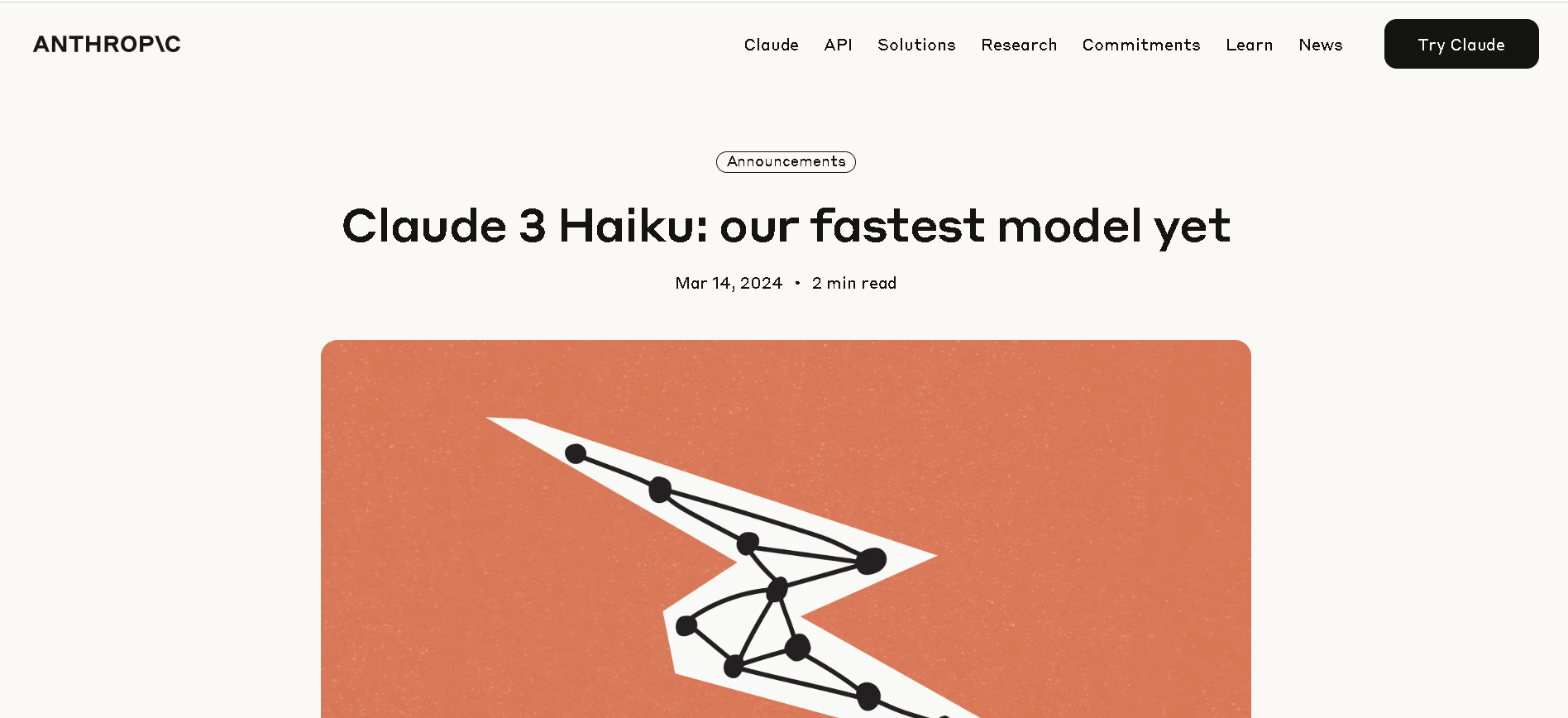
Claude 3 Haiku
Claude 3 Haiku is Anthropic’s fastest and most affordable model in its Claude 3 family. It processes up to 21K tokens per second under 32K token prompts, delivers enterprise-grade vision and text understanding, and can analyze large datasets or image-heavy content in near real-time—all while offering ultra‑low latency and cost.

Claude 3 Haiku
Claude 3 Haiku is Anthropic’s fastest and most affordable model in its Claude 3 family. It processes up to 21K tokens per second under 32K token prompts, delivers enterprise-grade vision and text understanding, and can analyze large datasets or image-heavy content in near real-time—all while offering ultra‑low latency and cost.

Claude 3 Haiku
Claude 3 Haiku is Anthropic’s fastest and most affordable model in its Claude 3 family. It processes up to 21K tokens per second under 32K token prompts, delivers enterprise-grade vision and text understanding, and can analyze large datasets or image-heavy content in near real-time—all while offering ultra‑low latency and cost.
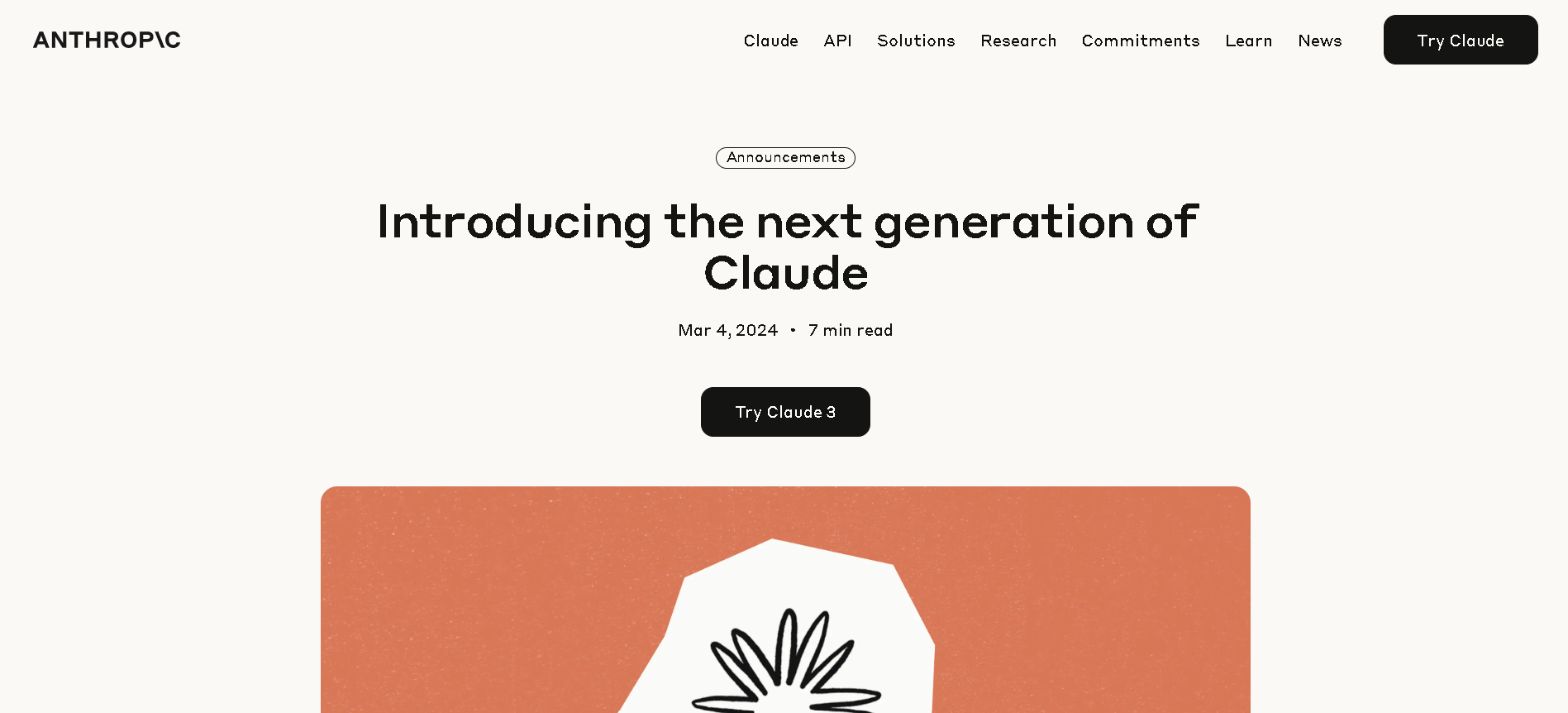
Claude 3 Sonnet
Claude 3 Sonnet is Anthropic’s mid-tier, high-performance model in the Claude 3 family. It balances capability and cost, delivering intelligent responses for data processing, reasoning, recommendations, and image-to-text tasks. Sonnet offers twice the speed of previous Claude 2 models, supports vision inputs, and maintains a 200K‑token context window—all at a developer-friendly price of $3 per million input tokens and $15 per million output tokens.

Claude 3 Sonnet
Claude 3 Sonnet is Anthropic’s mid-tier, high-performance model in the Claude 3 family. It balances capability and cost, delivering intelligent responses for data processing, reasoning, recommendations, and image-to-text tasks. Sonnet offers twice the speed of previous Claude 2 models, supports vision inputs, and maintains a 200K‑token context window—all at a developer-friendly price of $3 per million input tokens and $15 per million output tokens.

Claude 3 Sonnet
Claude 3 Sonnet is Anthropic’s mid-tier, high-performance model in the Claude 3 family. It balances capability and cost, delivering intelligent responses for data processing, reasoning, recommendations, and image-to-text tasks. Sonnet offers twice the speed of previous Claude 2 models, supports vision inputs, and maintains a 200K‑token context window—all at a developer-friendly price of $3 per million input tokens and $15 per million output tokens.
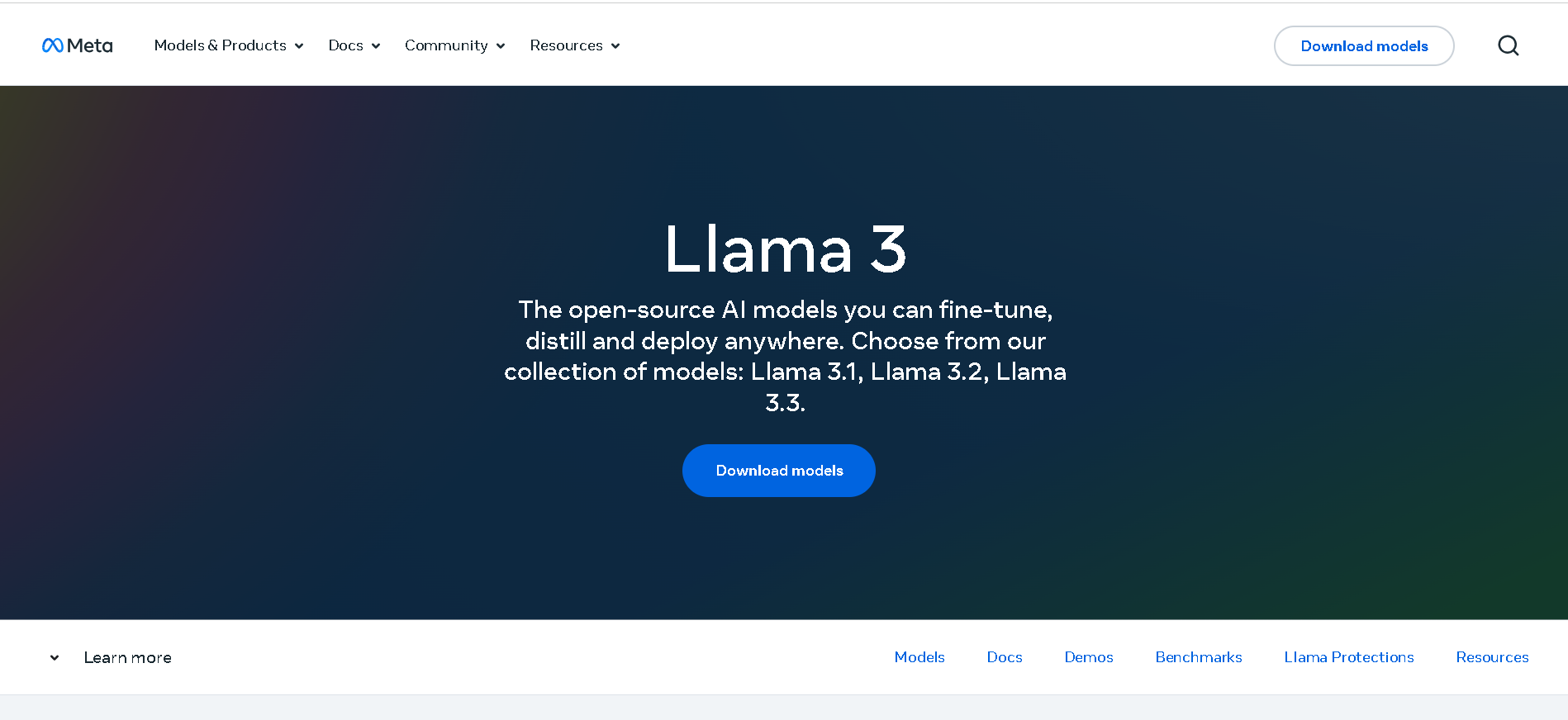
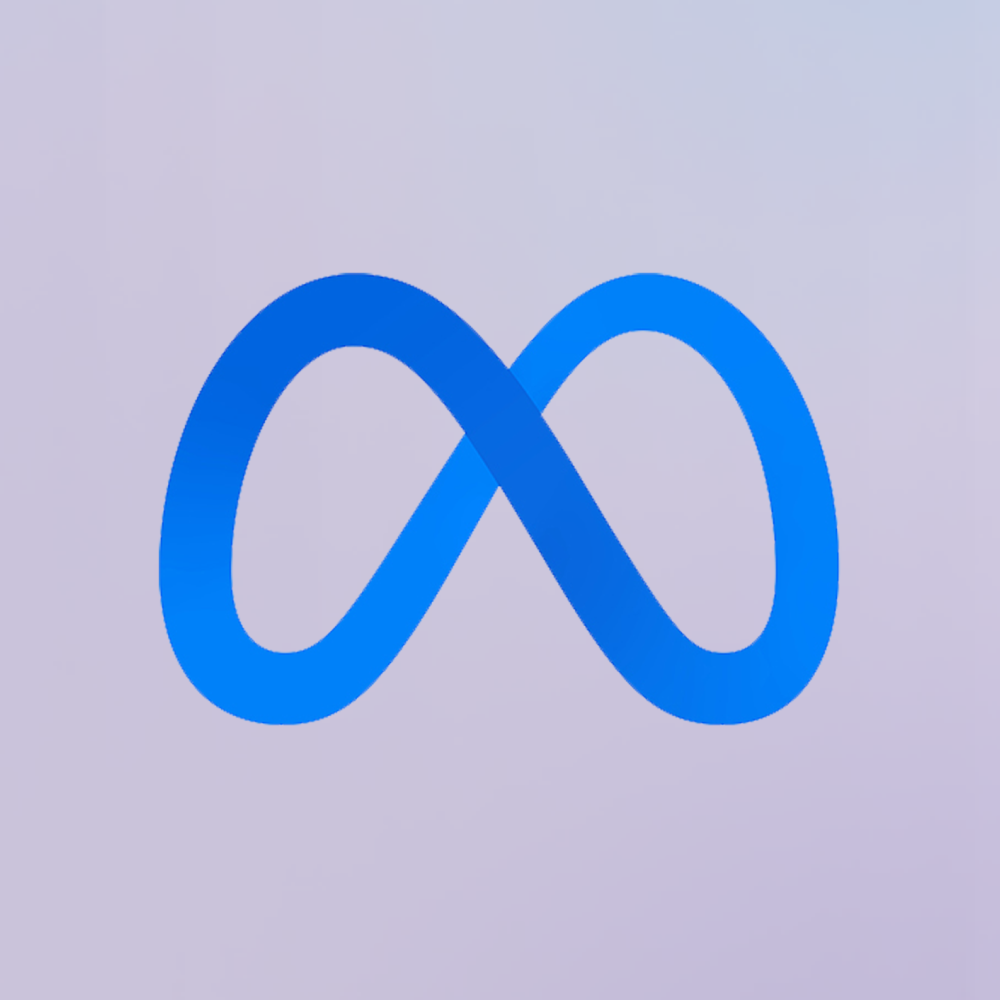
Meta Llama 3
Meta Llama 3 is Meta’s third-generation open-weight large language model family, released in April 2024 and enhanced in July 2024 with the 3.1 update. It spans three sizes—8B, 70B, and 405B parameters—each offering a 128K‑token context window. Llama 3 excels at reasoning, code generation, multilingual text, and instruction-following, and introduces multimodal vision (image understanding) capabilities in its 3.2 series. Robust safety mechanisms like Llama Guard 3, Code Shield, and CyberSec Eval 2 ensure responsible output.


Meta Llama 3
Meta Llama 3 is Meta’s third-generation open-weight large language model family, released in April 2024 and enhanced in July 2024 with the 3.1 update. It spans three sizes—8B, 70B, and 405B parameters—each offering a 128K‑token context window. Llama 3 excels at reasoning, code generation, multilingual text, and instruction-following, and introduces multimodal vision (image understanding) capabilities in its 3.2 series. Robust safety mechanisms like Llama Guard 3, Code Shield, and CyberSec Eval 2 ensure responsible output.


Meta Llama 3
Meta Llama 3 is Meta’s third-generation open-weight large language model family, released in April 2024 and enhanced in July 2024 with the 3.1 update. It spans three sizes—8B, 70B, and 405B parameters—each offering a 128K‑token context window. Llama 3 excels at reasoning, code generation, multilingual text, and instruction-following, and introduces multimodal vision (image understanding) capabilities in its 3.2 series. Robust safety mechanisms like Llama Guard 3, Code Shield, and CyberSec Eval 2 ensure responsible output.
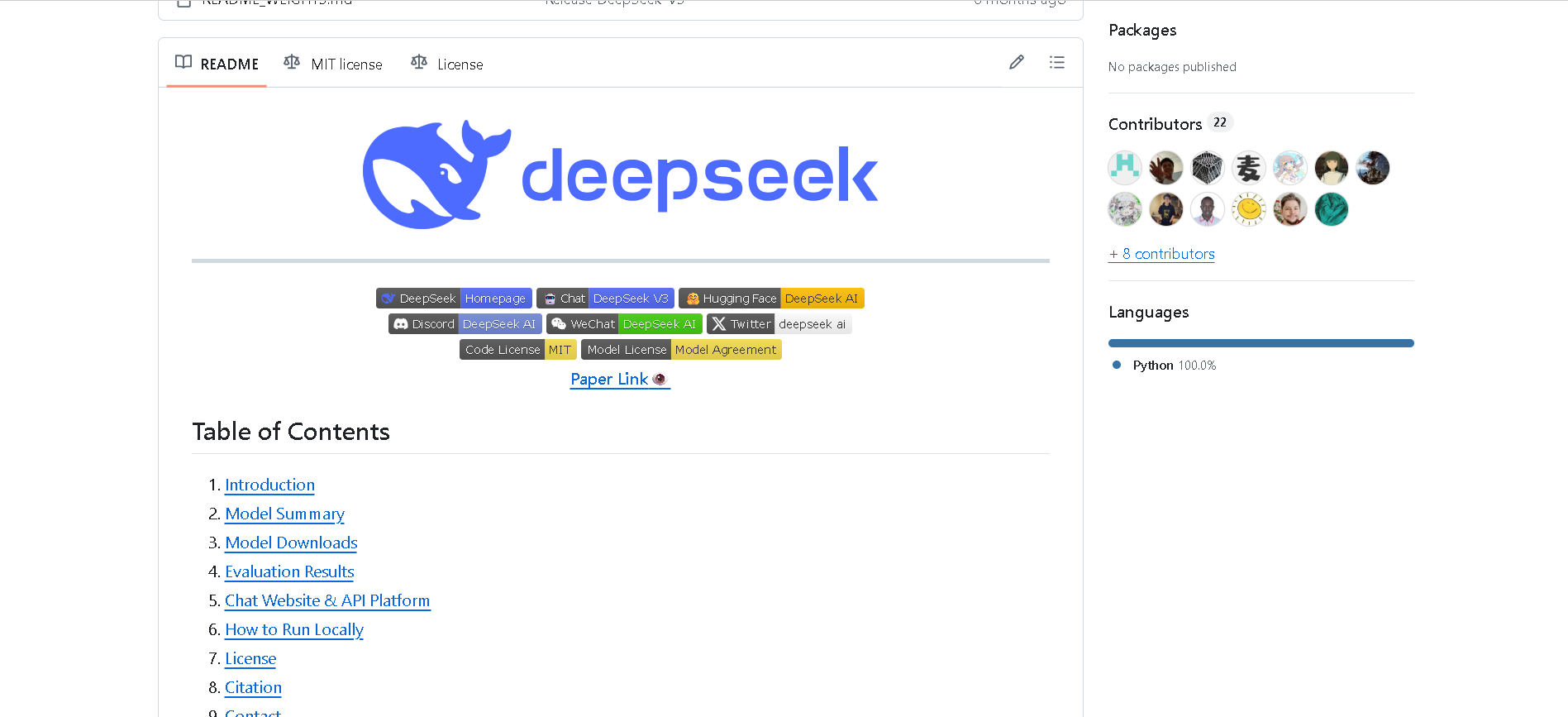

DeepSeek-V3
DeepSeek V3 is the latest flagship Mixture‑of‑Experts (MoE) open‑source AI model from DeepSeek. It features 671 billion total parameters (with ~37 billion activated per token), supports up to 128K context length, and excels across reasoning, code generation, language, and multimodal tasks. On standard benchmarks, it rivals or exceeds proprietary models—including GPT‑4o and Claude 3.5—as a high-performance, cost-efficient alternative.


DeepSeek-V3
DeepSeek V3 is the latest flagship Mixture‑of‑Experts (MoE) open‑source AI model from DeepSeek. It features 671 billion total parameters (with ~37 billion activated per token), supports up to 128K context length, and excels across reasoning, code generation, language, and multimodal tasks. On standard benchmarks, it rivals or exceeds proprietary models—including GPT‑4o and Claude 3.5—as a high-performance, cost-efficient alternative.


DeepSeek-V3
DeepSeek V3 is the latest flagship Mixture‑of‑Experts (MoE) open‑source AI model from DeepSeek. It features 671 billion total parameters (with ~37 billion activated per token), supports up to 128K context length, and excels across reasoning, code generation, language, and multimodal tasks. On standard benchmarks, it rivals or exceeds proprietary models—including GPT‑4o and Claude 3.5—as a high-performance, cost-efficient alternative.
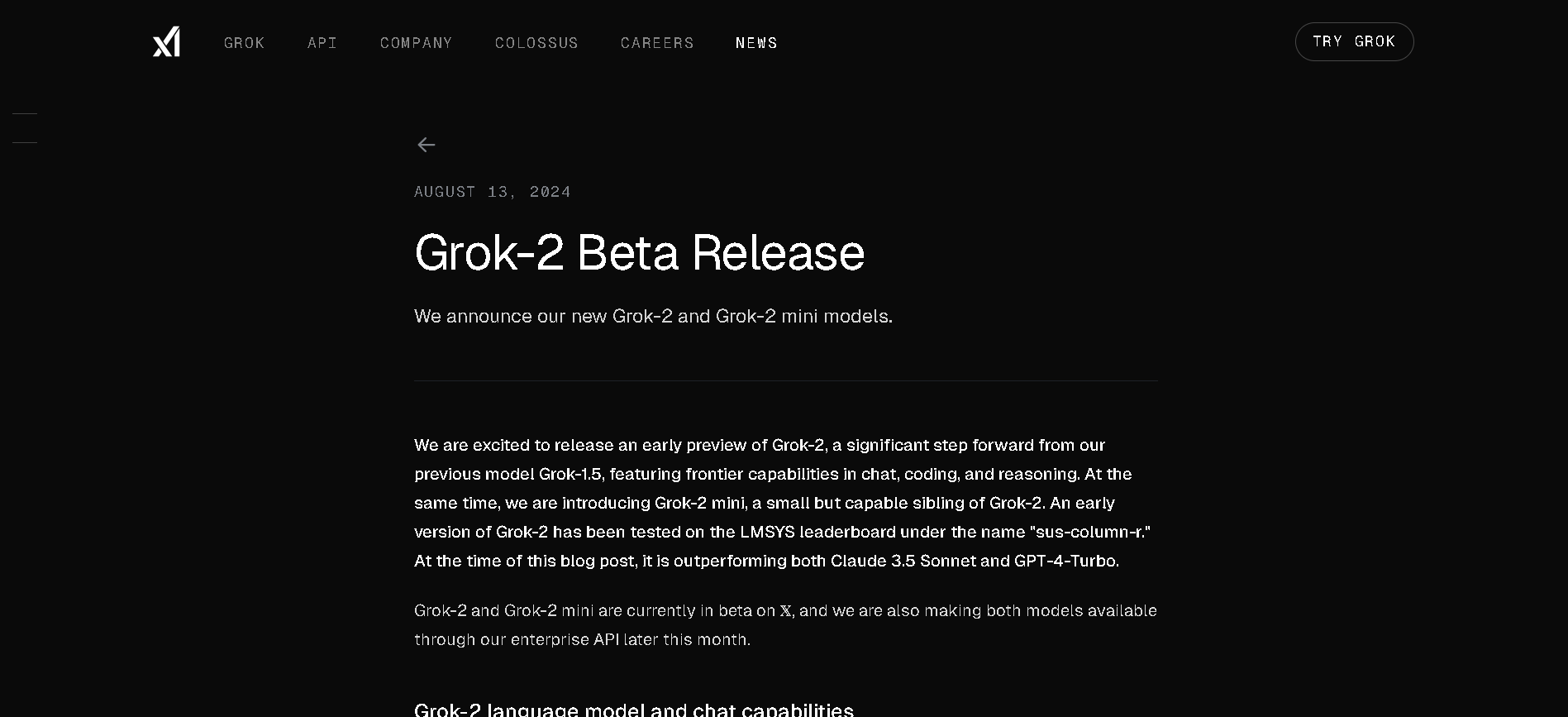
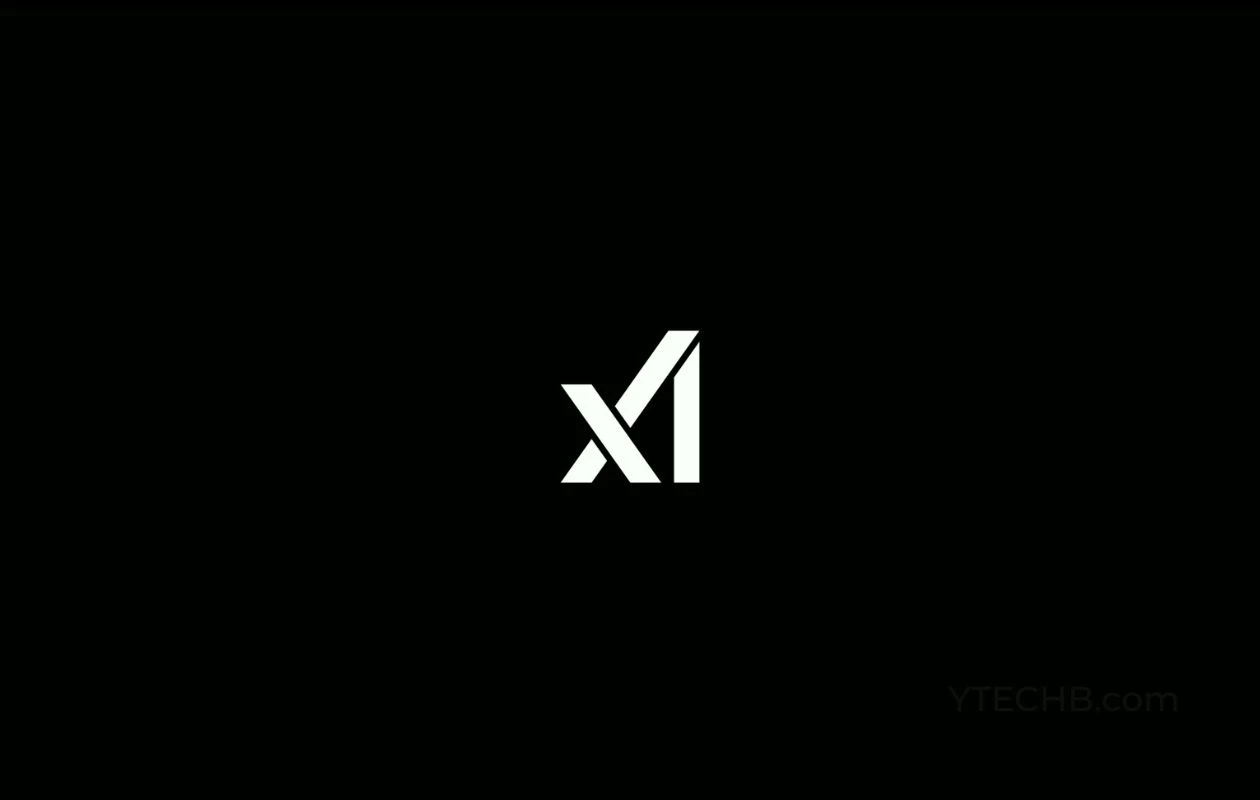
grok-2-vision
Grok 2 Vision (also known as Grok‑2‑Vision‑1212 or grok‑2‑vision‑latest) is xAI’s multimodal variant of Grok 2, designed specifically for advanced image understanding and generation. Launched in December 2024, it supports joint text+image inputs up to 32,768 tokens, excelling in visual math reasoning (MathVista), document question answering (DocVQA), object recognition, and style analysis—while also offering photorealistic image creation via the FLUX.1 model.


grok-2-vision
Grok 2 Vision (also known as Grok‑2‑Vision‑1212 or grok‑2‑vision‑latest) is xAI’s multimodal variant of Grok 2, designed specifically for advanced image understanding and generation. Launched in December 2024, it supports joint text+image inputs up to 32,768 tokens, excelling in visual math reasoning (MathVista), document question answering (DocVQA), object recognition, and style analysis—while also offering photorealistic image creation via the FLUX.1 model.


grok-2-vision
Grok 2 Vision (also known as Grok‑2‑Vision‑1212 or grok‑2‑vision‑latest) is xAI’s multimodal variant of Grok 2, designed specifically for advanced image understanding and generation. Launched in December 2024, it supports joint text+image inputs up to 32,768 tokens, excelling in visual math reasoning (MathVista), document question answering (DocVQA), object recognition, and style analysis—while also offering photorealistic image creation via the FLUX.1 model.
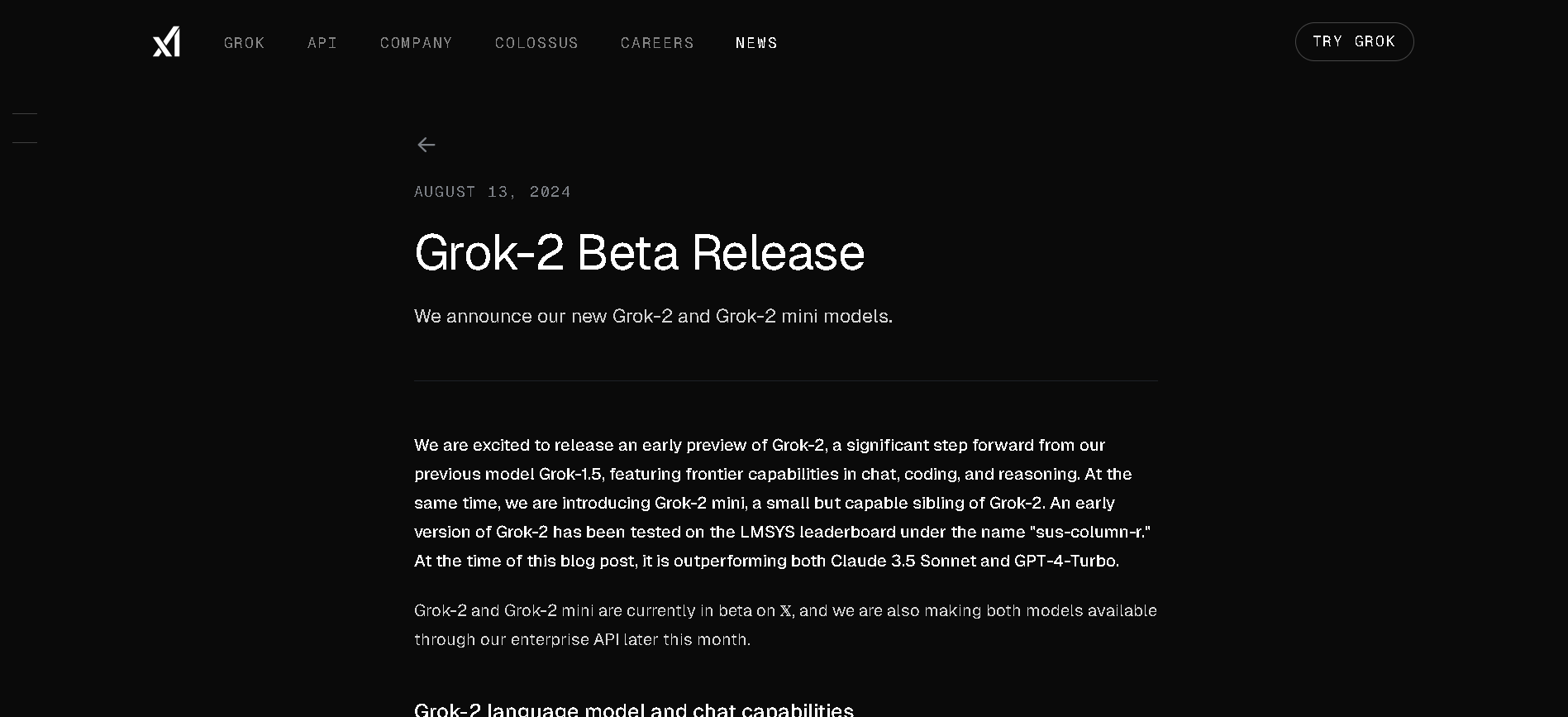
Grok 2 Vision is xAI’s advanced vision-enabled variant of Grok 2, launched in December 2024. It supports joint text + image inputs with a 32K-token context window, combining image understanding, document QA, visual math reasoning (e.g., MathVista, DocVQA), and photorealistic image generation via FLUX.1 (later complemented by Aurora). It scores state-of-the-art on multimodal tasks.

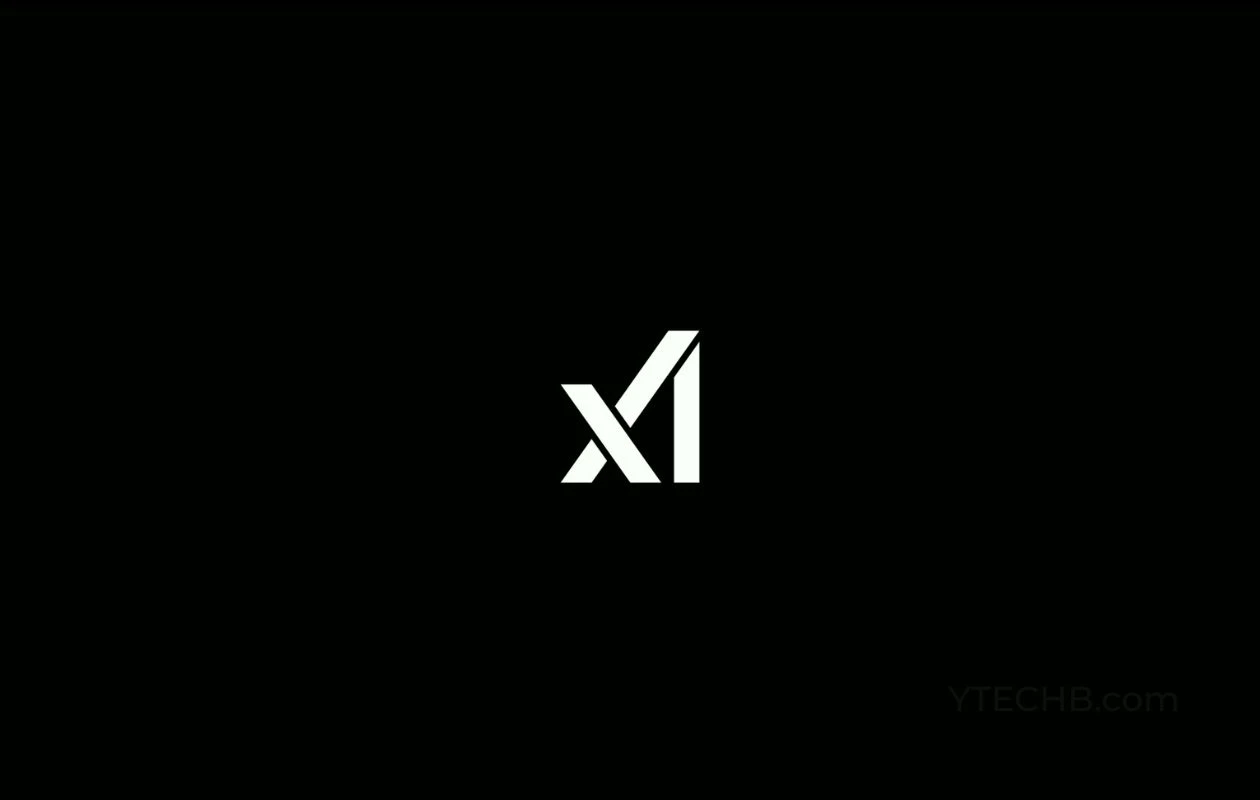
grok-2-vision-late..
Grok 2 Vision is xAI’s advanced vision-enabled variant of Grok 2, launched in December 2024. It supports joint text + image inputs with a 32K-token context window, combining image understanding, document QA, visual math reasoning (e.g., MathVista, DocVQA), and photorealistic image generation via FLUX.1 (later complemented by Aurora). It scores state-of-the-art on multimodal tasks.


grok-2-vision-late..
Grok 2 Vision is xAI’s advanced vision-enabled variant of Grok 2, launched in December 2024. It supports joint text + image inputs with a 32K-token context window, combining image understanding, document QA, visual math reasoning (e.g., MathVista, DocVQA), and photorealistic image generation via FLUX.1 (later complemented by Aurora). It scores state-of-the-art on multimodal tasks.
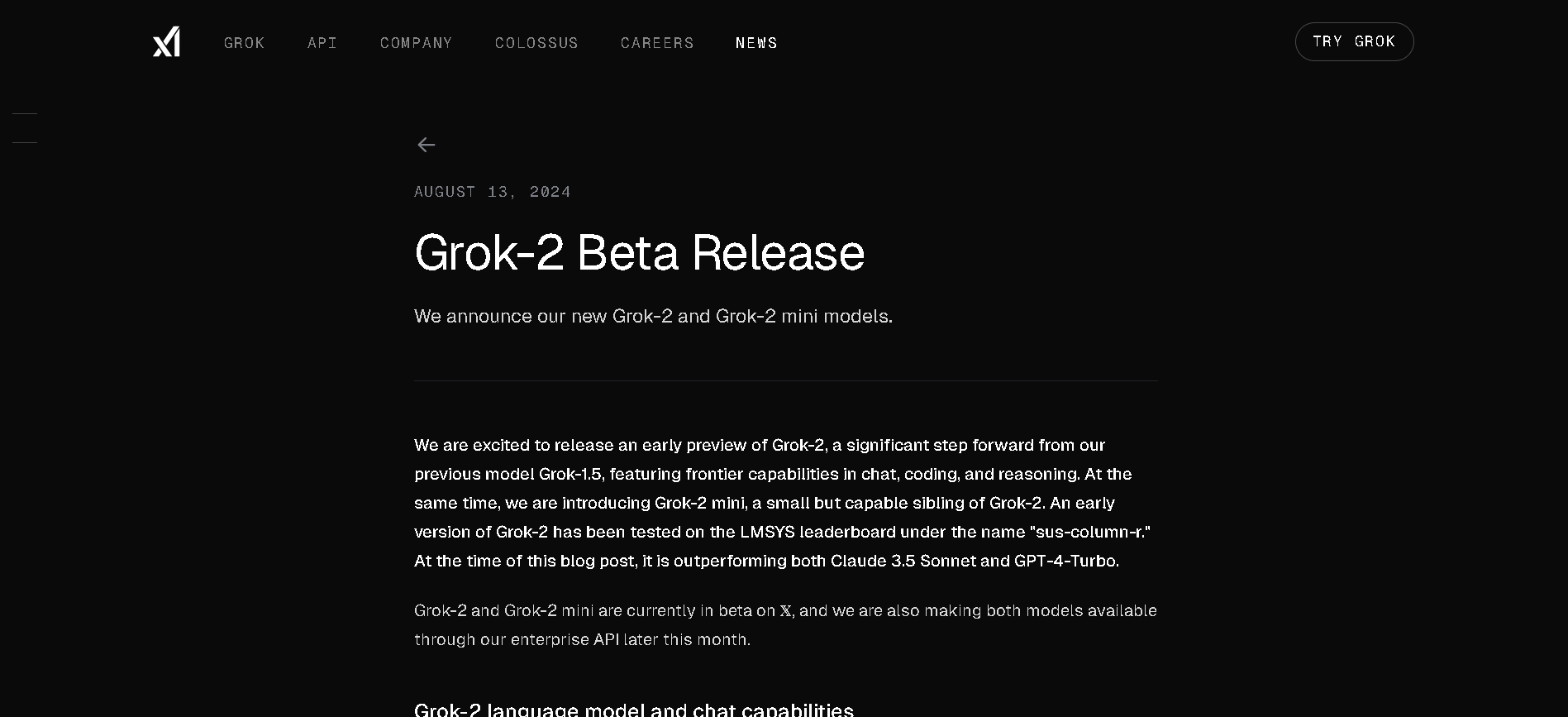
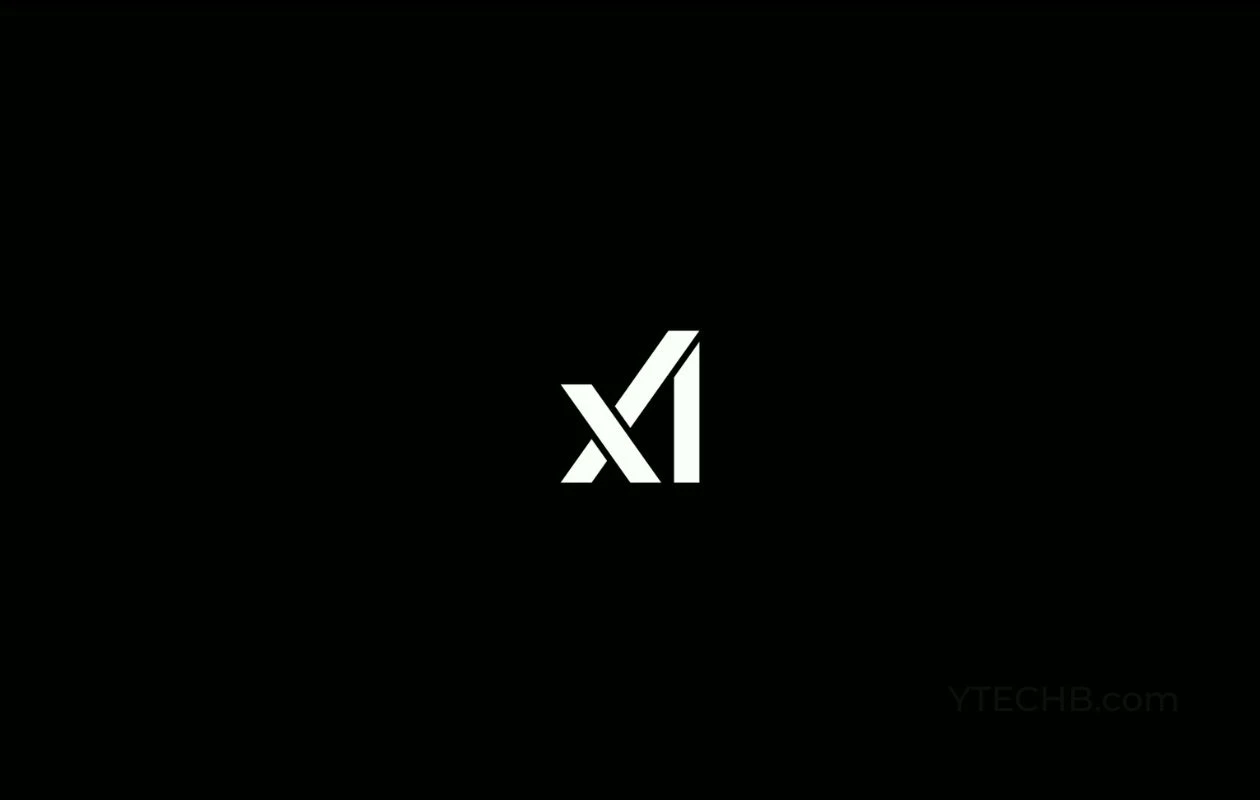
grok-2-vision-1212
Grok 2 Vision – 1212 is a December 2024 release of xAI’s multimodal large language model, fine-tuned specifically for image understanding and generation. It supports combined text and image inputs (up to 32,768 tokens) and excels in document question answering, visual math reasoning, object recognition, and photorealistic image generation powered by FLUX.1. It also supports API deployment for developers and enterprises.


grok-2-vision-1212
Grok 2 Vision – 1212 is a December 2024 release of xAI’s multimodal large language model, fine-tuned specifically for image understanding and generation. It supports combined text and image inputs (up to 32,768 tokens) and excels in document question answering, visual math reasoning, object recognition, and photorealistic image generation powered by FLUX.1. It also supports API deployment for developers and enterprises.


grok-2-vision-1212
Grok 2 Vision – 1212 is a December 2024 release of xAI’s multimodal large language model, fine-tuned specifically for image understanding and generation. It supports combined text and image inputs (up to 32,768 tokens) and excels in document question answering, visual math reasoning, object recognition, and photorealistic image generation powered by FLUX.1. It also supports API deployment for developers and enterprises.
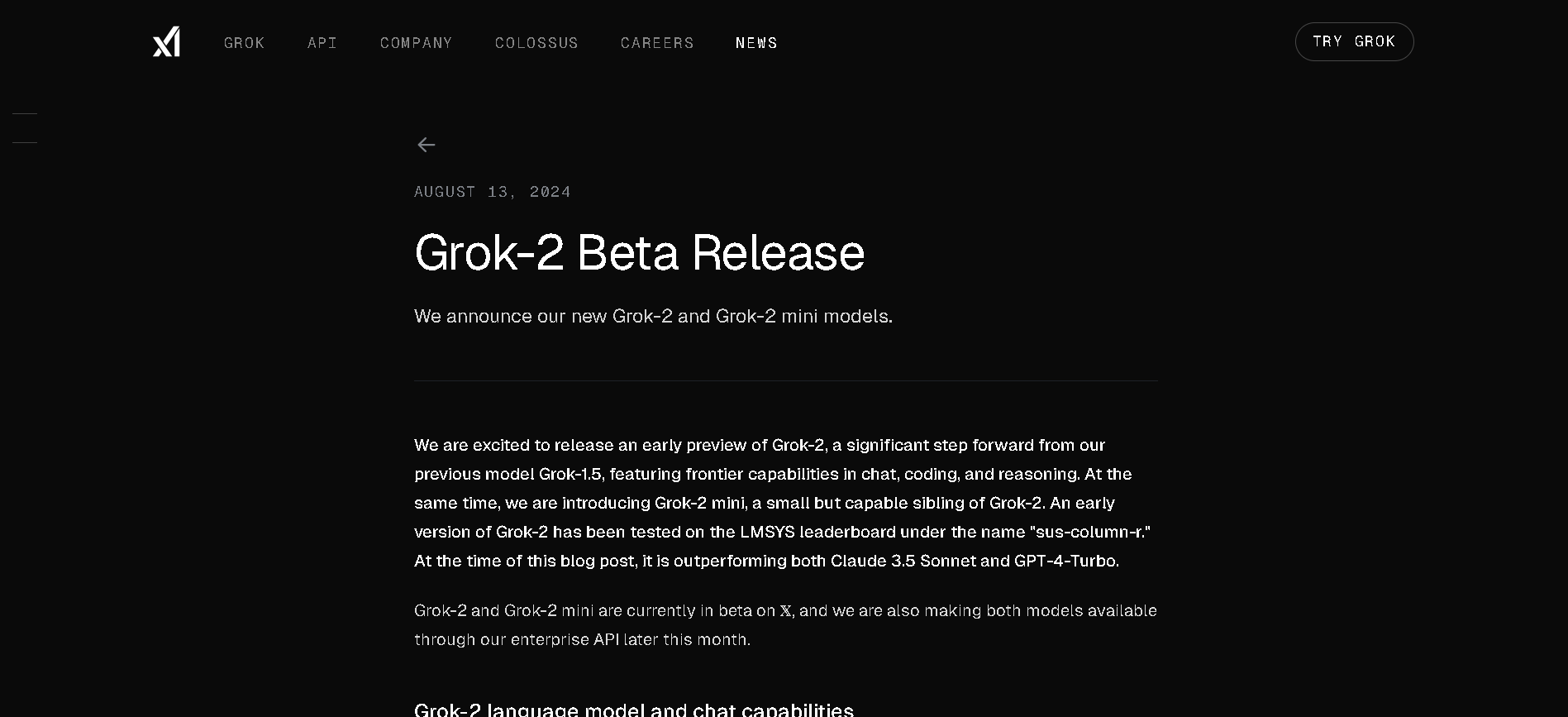
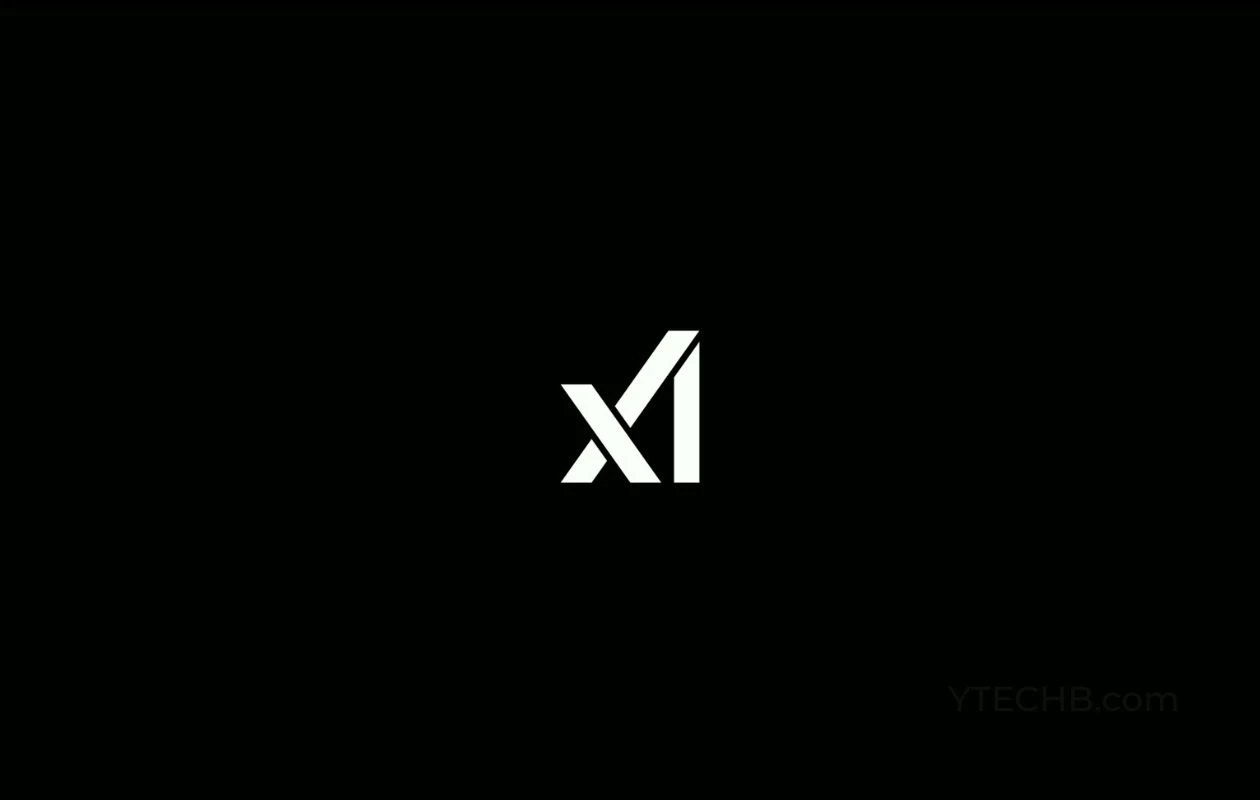
grok-2-image-1212
Grok 2 Image 1212 (also known as grok-2-image-1212) is xAI’s December 2024 release of their unified image generation and understanding model. Built on Grok 2, it combines Aurora-powered photorealistic image creation with strong multimodal comprehension—handling image editing, vision QA, chart interpretation, and document analysis—within a single API and 32,768-token context.


grok-2-image-1212
Grok 2 Image 1212 (also known as grok-2-image-1212) is xAI’s December 2024 release of their unified image generation and understanding model. Built on Grok 2, it combines Aurora-powered photorealistic image creation with strong multimodal comprehension—handling image editing, vision QA, chart interpretation, and document analysis—within a single API and 32,768-token context.


grok-2-image-1212
Grok 2 Image 1212 (also known as grok-2-image-1212) is xAI’s December 2024 release of their unified image generation and understanding model. Built on Grok 2, it combines Aurora-powered photorealistic image creation with strong multimodal comprehension—handling image editing, vision QA, chart interpretation, and document analysis—within a single API and 32,768-token context.
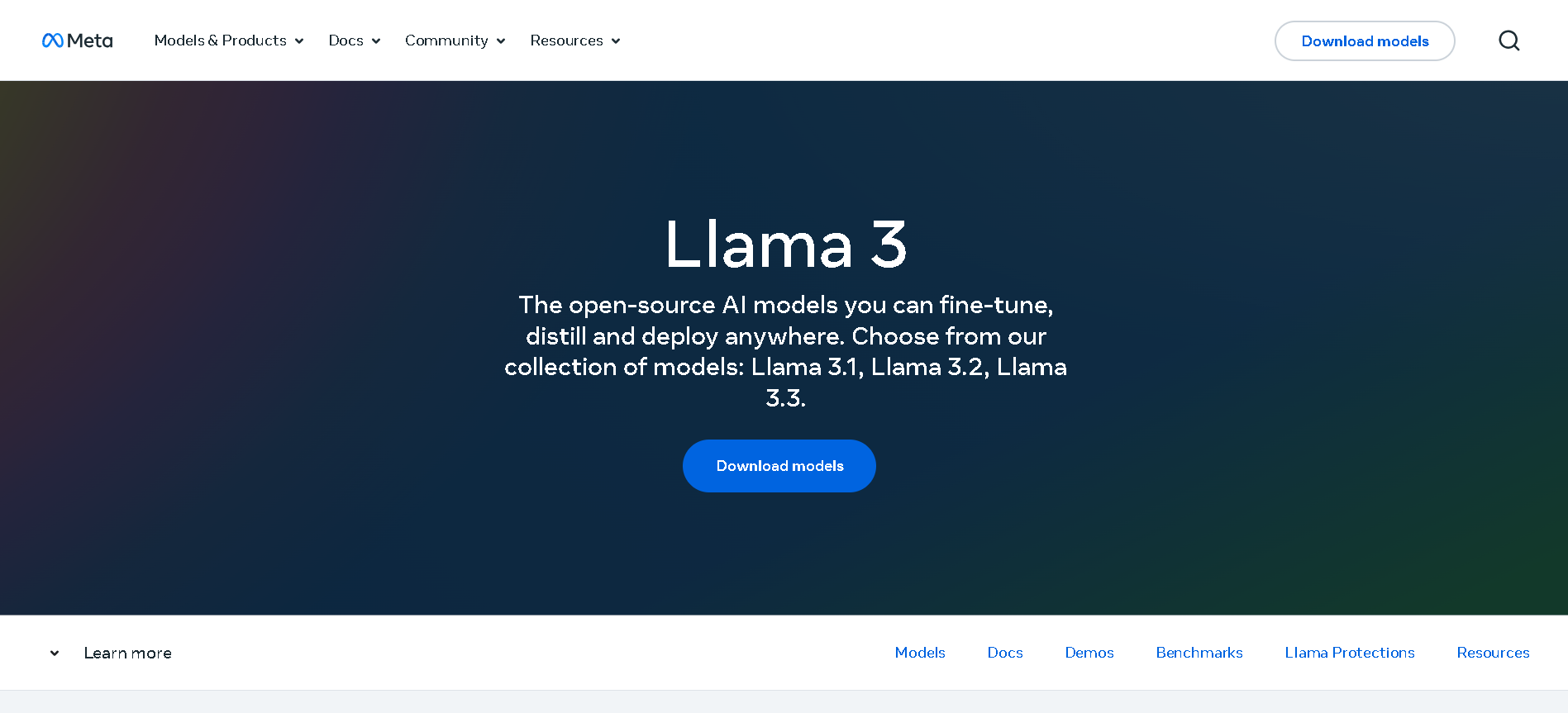
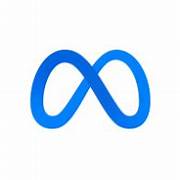
Meta Llama 3.1
Llama 3.1 is Meta’s most advanced open-source Llama 3 model, released on July 23, 2024. It comes in three sizes—8B, 70B, and 405B parameters—with an expanded 128K-token context window and improved multilingual and multimodal capabilities. It significantly outperforms Llama 3 and rivals proprietary models across benchmarks like GSM8K, MMLU, HumanEval, ARC, and tool-augmented reasoning tasks.


Meta Llama 3.1
Llama 3.1 is Meta’s most advanced open-source Llama 3 model, released on July 23, 2024. It comes in three sizes—8B, 70B, and 405B parameters—with an expanded 128K-token context window and improved multilingual and multimodal capabilities. It significantly outperforms Llama 3 and rivals proprietary models across benchmarks like GSM8K, MMLU, HumanEval, ARC, and tool-augmented reasoning tasks.


Meta Llama 3.1
Llama 3.1 is Meta’s most advanced open-source Llama 3 model, released on July 23, 2024. It comes in three sizes—8B, 70B, and 405B parameters—with an expanded 128K-token context window and improved multilingual and multimodal capabilities. It significantly outperforms Llama 3 and rivals proprietary models across benchmarks like GSM8K, MMLU, HumanEval, ARC, and tool-augmented reasoning tasks.
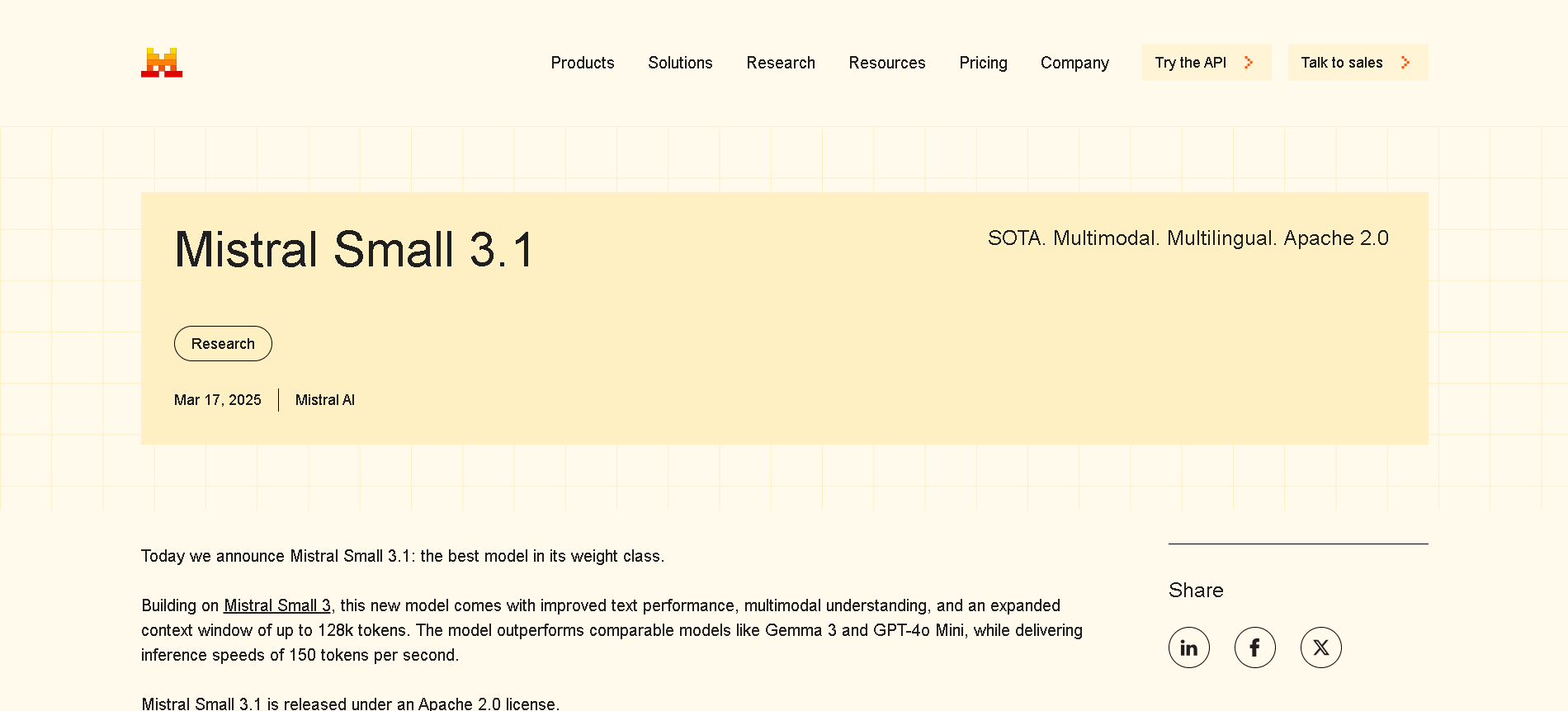
Mistral Small 3.1
Mistral Small 3.1 is the March 17, 2025 update to Mistral AI's open-source 24B-parameter small model. It offers instruction-following, multimodal vision understanding, and an expanded 128K-token context window, delivering performance on par with or better than GPT‑4o Mini, Gemma 3, and Claude 3.5 Haiku—all while maintaining fast inference speeds (~150 tokens/sec) and running on devices like an RTX 4090 or a 32 GB Mac.

Mistral Small 3.1
Mistral Small 3.1 is the March 17, 2025 update to Mistral AI's open-source 24B-parameter small model. It offers instruction-following, multimodal vision understanding, and an expanded 128K-token context window, delivering performance on par with or better than GPT‑4o Mini, Gemma 3, and Claude 3.5 Haiku—all while maintaining fast inference speeds (~150 tokens/sec) and running on devices like an RTX 4090 or a 32 GB Mac.

Mistral Small 3.1
Mistral Small 3.1 is the March 17, 2025 update to Mistral AI's open-source 24B-parameter small model. It offers instruction-following, multimodal vision understanding, and an expanded 128K-token context window, delivering performance on par with or better than GPT‑4o Mini, Gemma 3, and Claude 3.5 Haiku—all while maintaining fast inference speeds (~150 tokens/sec) and running on devices like an RTX 4090 or a 32 GB Mac.
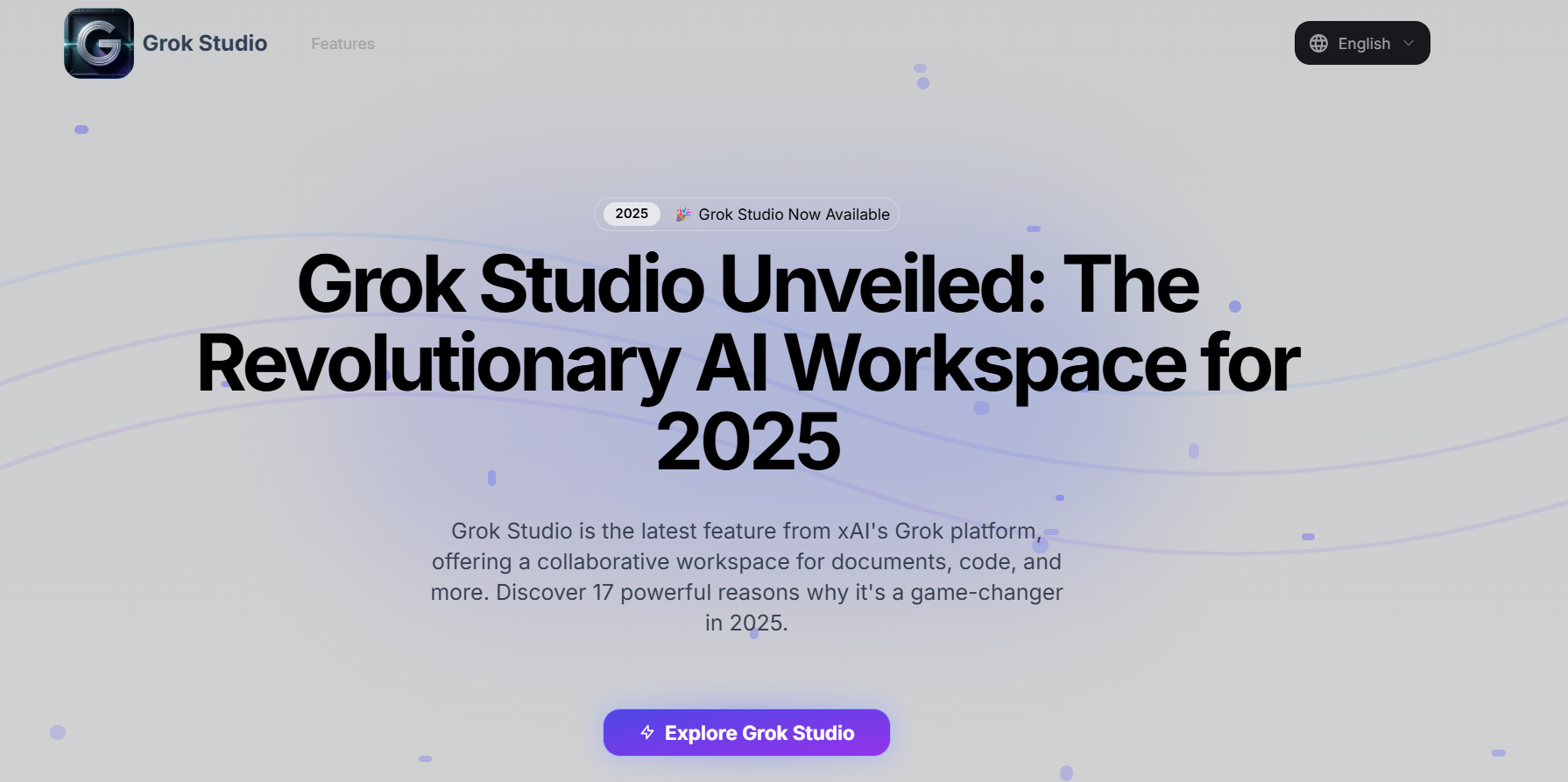

Grok Studio
Grok Studio is a split-screen, AI-assisted collaborative workspace from xAI, designed to elevate productivity with seamless real-time editing across documents, code, data reports, and even browser-based games. Embedded in the Grok AI platform, it transforms traditional chat-like interactions into an interactive creation environment. The right-hand pane displays your content—be it code, docs, or visual snippets—while the left-hand pane hosts Grok AI, offering suggestions, edits, or executing code live. Users can import files directly from Google Drive, supporting Docs, Sheets, and Slides, and write or run code in languages such as Python, JavaScript, TypeScript, C++, and Bash in an instant preview workflow. Released in April 2025, Grok Studio is accessible to both free and premium users, breaking ground in AI-assisted collaboration by integrating content generation, coding, and creative prototyping into one unified interface.


Grok Studio
Grok Studio is a split-screen, AI-assisted collaborative workspace from xAI, designed to elevate productivity with seamless real-time editing across documents, code, data reports, and even browser-based games. Embedded in the Grok AI platform, it transforms traditional chat-like interactions into an interactive creation environment. The right-hand pane displays your content—be it code, docs, or visual snippets—while the left-hand pane hosts Grok AI, offering suggestions, edits, or executing code live. Users can import files directly from Google Drive, supporting Docs, Sheets, and Slides, and write or run code in languages such as Python, JavaScript, TypeScript, C++, and Bash in an instant preview workflow. Released in April 2025, Grok Studio is accessible to both free and premium users, breaking ground in AI-assisted collaboration by integrating content generation, coding, and creative prototyping into one unified interface.


Grok Studio
Grok Studio is a split-screen, AI-assisted collaborative workspace from xAI, designed to elevate productivity with seamless real-time editing across documents, code, data reports, and even browser-based games. Embedded in the Grok AI platform, it transforms traditional chat-like interactions into an interactive creation environment. The right-hand pane displays your content—be it code, docs, or visual snippets—while the left-hand pane hosts Grok AI, offering suggestions, edits, or executing code live. Users can import files directly from Google Drive, supporting Docs, Sheets, and Slides, and write or run code in languages such as Python, JavaScript, TypeScript, C++, and Bash in an instant preview workflow. Released in April 2025, Grok Studio is accessible to both free and premium users, breaking ground in AI-assisted collaboration by integrating content generation, coding, and creative prototyping into one unified interface.
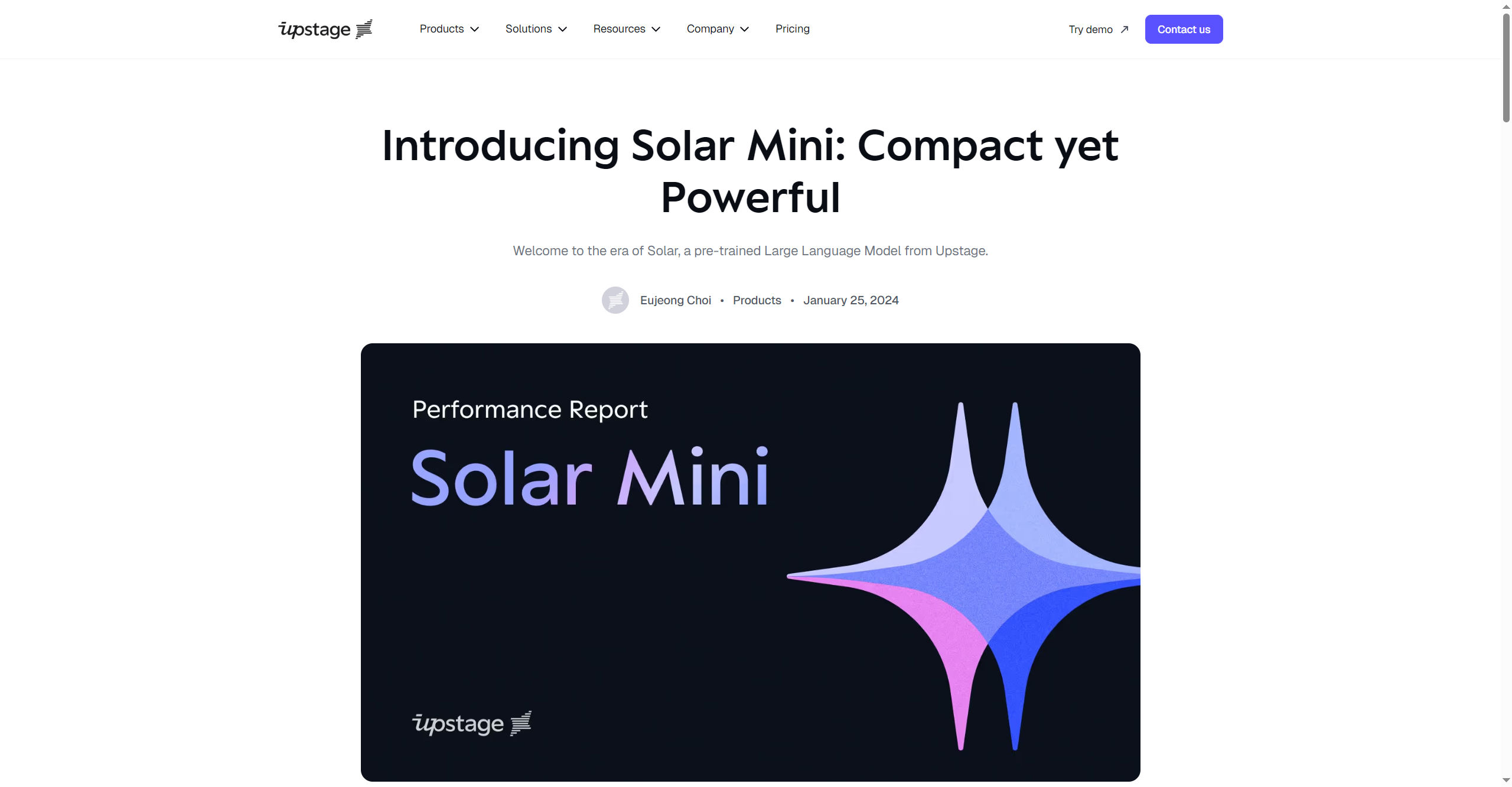

Upstage - Solar Mi..
Solar Mini is Upstage’s compact, high-performance large language model (LLM) with under 30 billion parameters, engineered for exceptional speed and efficiency without sacrificing quality. It outperforms comparable models like Llama2, Mistral 7B, and Ko-Alpaca on major benchmarks, delivering responses similar to GPT-3.5 but 2.5 times faster. Thanks to its innovative Depth Up-scaling (DUS) and continued pre-training, Solar Mini is easily customized for domain-specific tasks, supports on-device deployment, and is especially suited for decentralized, responsive AI applications.


Upstage - Solar Mi..
Solar Mini is Upstage’s compact, high-performance large language model (LLM) with under 30 billion parameters, engineered for exceptional speed and efficiency without sacrificing quality. It outperforms comparable models like Llama2, Mistral 7B, and Ko-Alpaca on major benchmarks, delivering responses similar to GPT-3.5 but 2.5 times faster. Thanks to its innovative Depth Up-scaling (DUS) and continued pre-training, Solar Mini is easily customized for domain-specific tasks, supports on-device deployment, and is especially suited for decentralized, responsive AI applications.


Upstage - Solar Mi..
Solar Mini is Upstage’s compact, high-performance large language model (LLM) with under 30 billion parameters, engineered for exceptional speed and efficiency without sacrificing quality. It outperforms comparable models like Llama2, Mistral 7B, and Ko-Alpaca on major benchmarks, delivering responses similar to GPT-3.5 but 2.5 times faster. Thanks to its innovative Depth Up-scaling (DUS) and continued pre-training, Solar Mini is easily customized for domain-specific tasks, supports on-device deployment, and is especially suited for decentralized, responsive AI applications.
Editorial Note
This page was researched and written by the ATB Editorial Team. Our team researches each AI tool by reviewing its official website, testing features, exploring real use cases, and considering user feedback. Every page is fact-checked and regularly updated to ensure the information stays accurate, neutral, and useful for our readers.
If you have any suggestions or questions, email us at hello@aitoolbook.ai
